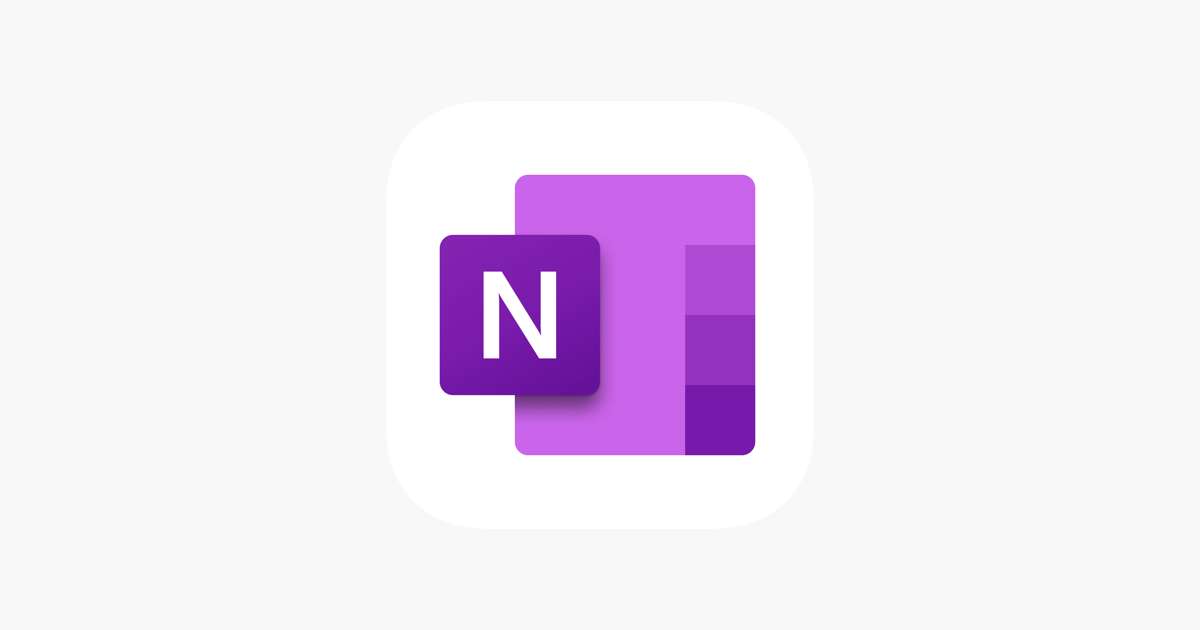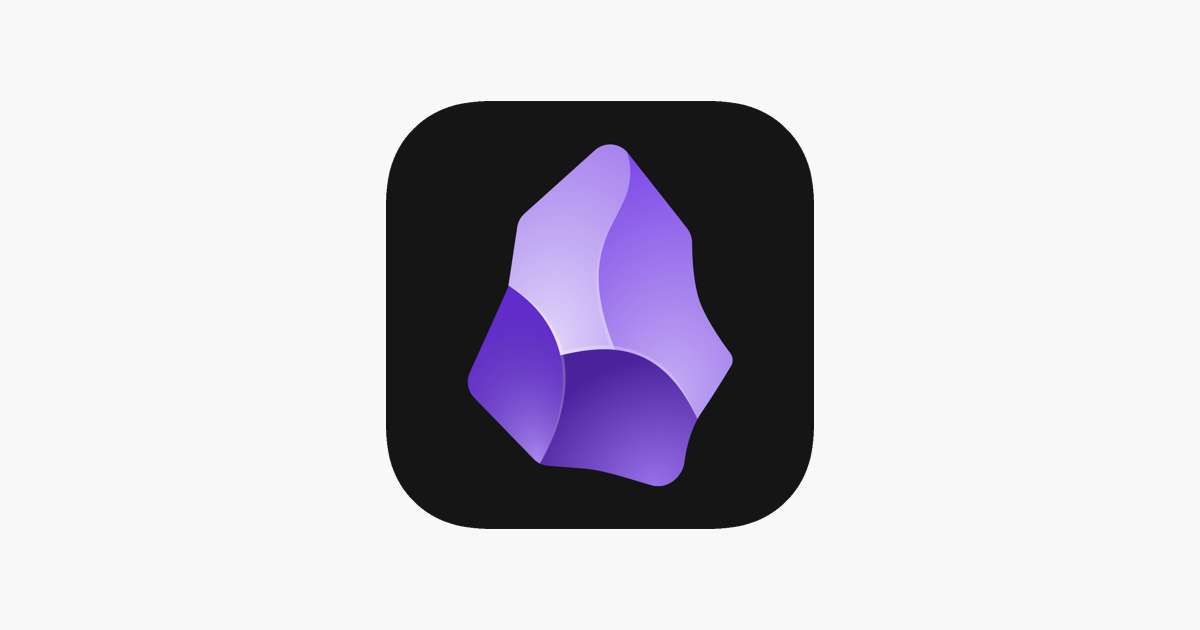Top 5 Best Note-Taking Apps for Students in 2025

In today’s fast-paced academic environment, students need reliable tools to stay organized, capture ideas, and manage their studies effectively. Note-taking apps have become essential for students, offering features like cloud syncing, multimedia integration, and collaboration tools. With so many options available, choosing the right app can be overwhelming. This article explores the top five note-taking apps for students in 2025, highlighting their features, benefits, and why they stand out. These apps are selected based on usability, functionality, and student-friendly features, ensuring they align with academic needs while adhering to AdSense guidelines for high-quality, user-focused content.
1. Notion: The All-in-One Workspace

Notion is a versatile, all-in-one productivity tool that has gained immense popularity among students for its flexibility and customization options. It combines note-taking, task management, and database creation into a single platform, making it ideal for organizing everything from lecture notes to group projects.
Key Features
- Customizable Templates: Notion offers templates for class schedules, study planners, and project trackers, which students can tailor to their needs.
- Database Functionality: Create tables, kanban boards, or calendars to manage assignments and deadlines.
- Collaboration Tools: Share notes with classmates for group study sessions or collaborative projects.
- Cross-Platform Syncing: Access notes on desktop, mobile, or web with seamless synchronization.
- Rich Media Support: Embed images, PDFs, videos, and links to enhance notes.
Why Students Love It
Notion’s strength lies in its adaptability. Whether you’re jotting down quick lecture notes or building a comprehensive study guide, Notion’s drag-and-drop interface makes organization intuitive. Its free plan is generous, offering enough features for most students, while the paid plan unlocks advanced collaboration tools. The app’s clean design and robust functionality make it a top choice for students who want a single app to manage their academic and personal lives.
Drawbacks
Notion’s extensive features can feel overwhelming for new users, and its offline functionality is limited compared to some competitors. However, with a bit of practice, students can harness its full potential.
2. Microsoft OneNote: The Digital Notebook

Microsoft OneNote is a powerful note-taking app that mimics the experience of a physical notebook while offering digital enhancements. Part of the Microsoft 365 suite, it’s a favorite among students who need a reliable, feature-rich tool for capturing and organizing notes.
Key Features
- Notebook Structure: Organize notes into notebooks, sections, and pages for a hierarchical setup.
- Handwriting and Drawing: Use a stylus or finger to write or sketch, perfect for math or science students.
- Integration with Microsoft 365: Syncs seamlessly with Word, Excel, and Teams for collaborative work.
- Searchable Notes: Search handwritten or typed notes, including text within images.
- Free with Premium Options: The free version is robust, with additional features available through a Microsoft 365 subscription.
Why Students Love It
OneNote’s intuitive interface and integration with Microsoft’s ecosystem make it a go-to for students already using Office tools. Its ability to handle handwritten notes is a game-changer for those who prefer writing over typing, especially on tablets like the Surface or iPad. The app’s cloud syncing ensures notes are accessible across devices, and its collaboration features support group projects. Plus, many universities offer free Microsoft 365 subscriptions, giving students access to OneNote’s premium features at no cost.
Drawbacks
OneNote’s interface can feel cluttered for users who prefer minimalist designs, and its advanced features require a Microsoft 365 subscription. However, the free version is more than sufficient for most students.
3. Evernote: The Organizational Powerhouse

Evernote has long been a staple in the note-taking world, known for its robust organizational tools and cross-platform compatibility. It’s an excellent choice for students who need to manage a high volume of notes and resources.
Key Features
- Tagging System: Organize notes with tags for easy retrieval.
- Web Clipper: Save articles, PDFs, and web pages directly to your notes.
- Searchable PDFs and Images: Find text within uploaded documents or images.
- Task Management: Integrate tasks and reminders to stay on top of deadlines.
- Offline Access: Available with premium plans for working without internet.
Why Students Love It
Evernote’s powerful search and organization features make it ideal for students juggling multiple subjects or research projects. The web clipper is particularly useful for saving online resources, such as journal articles or lecture slides. Its clean interface and reliable syncing ensure a smooth experience across devices. The free plan covers basic needs, while the paid version offers additional storage and offline access, catering to power users.
Drawbacks
The free plan has limitations, such as a cap on monthly uploads, which may frustrate heavy users. Some students might find Evernote’s interface less modern compared to newer apps like Notion. Still, its reliability and feature set keep it among the best.
4. Google Keep: Simple and Accessible

Google Keep is a lightweight, user-friendly note-taking app that integrates seamlessly with Google’s ecosystem. It’s perfect for students who want a straightforward tool for quick access to notes and ideas.
Key Features
- Color-Coded Notes: Use colors and labels to organize notes visually.
- Google Integration: Syncs with Google Drive, Calendar, and Docs for a cohesive workflow.
- Voice Notes: Record lectures or ideas on the go, with automatic transcription.
- Collaboration: Share notes with classmates for group work.
- Free Access: Completely free with a Google account.
Why Students Love It
Google Keep’s simplicity is its biggest asset. It’s ideal for students who need a no-frills app for quick note-taking, to-do lists, or brainstorming. Its integration with Google Drive makes it easy to store and share large files, while the voice note feature is handy for capturing lectures. Being free and accessible on all platforms, it’s a low barrier to entry for students already using Google products.
Drawbacks
Google Keep lacks advanced features like rich text formatting or database creation, making it less suitable for complex projects. It’s best for students who prioritize simplicity over extensive customization.
5. Obsidian: The Knowledge Graph for Deep Thinkers

Obsidian is a unique note-taking app that appeals to students who love to connect ideas and build a personal knowledge base. It’s particularly popular among research students and those who prefer a markdown-based system.
Key Features
- Graph View: Visualize connections between notes in a knowledge graph.
- Markdown Support: Write notes in markdown for clean, lightweight files.
- Offline Focus: Store notes locally for privacy and offline access.
- Plugins and Customization: Extend functionality with community plugins.
- Free with Paid Add-Ons: The core app is free, with optional paid sync and publishing features.
Why Students Love It
Obsidian’s graph view is a standout feature, allowing students to see how concepts relate, which is invaluable for subjects like history, literature, or research-heavy fields. Its offline-first approach ensures privacy and reliability, while the plugin ecosystem lets users customize the app to their needs. The free version is robust, making it accessible for students on a budget.
Drawbacks
Obsidian has a steeper learning curve due to its markdown-based system and complex features. It’s less suited for quick, casual note-taking and may overwhelm users who prefer a simpler interface.
Choosing the Right Note-Taking App
Selecting the best note-taking app depends on your specific needs as a student. If you want an all-in-one solution, Notion is unmatched in flexibility. For handwritten notes and Microsoft integration, OneNote is the way to go. Evernote excels in organization and research, while Google Keep is perfect for simplicity and accessibility. Obsidian, with its knowledge graph, is ideal for students who love deep, interconnected note-taking.
Each app offers unique strengths, so consider factors like your workflow, device preferences, and whether you need collaboration features. Most of these apps have free versions, so you can try them out before committing. By choosing the right note-taking app, you’ll streamline your studies, stay organized, and boost your productivity in 2025.
